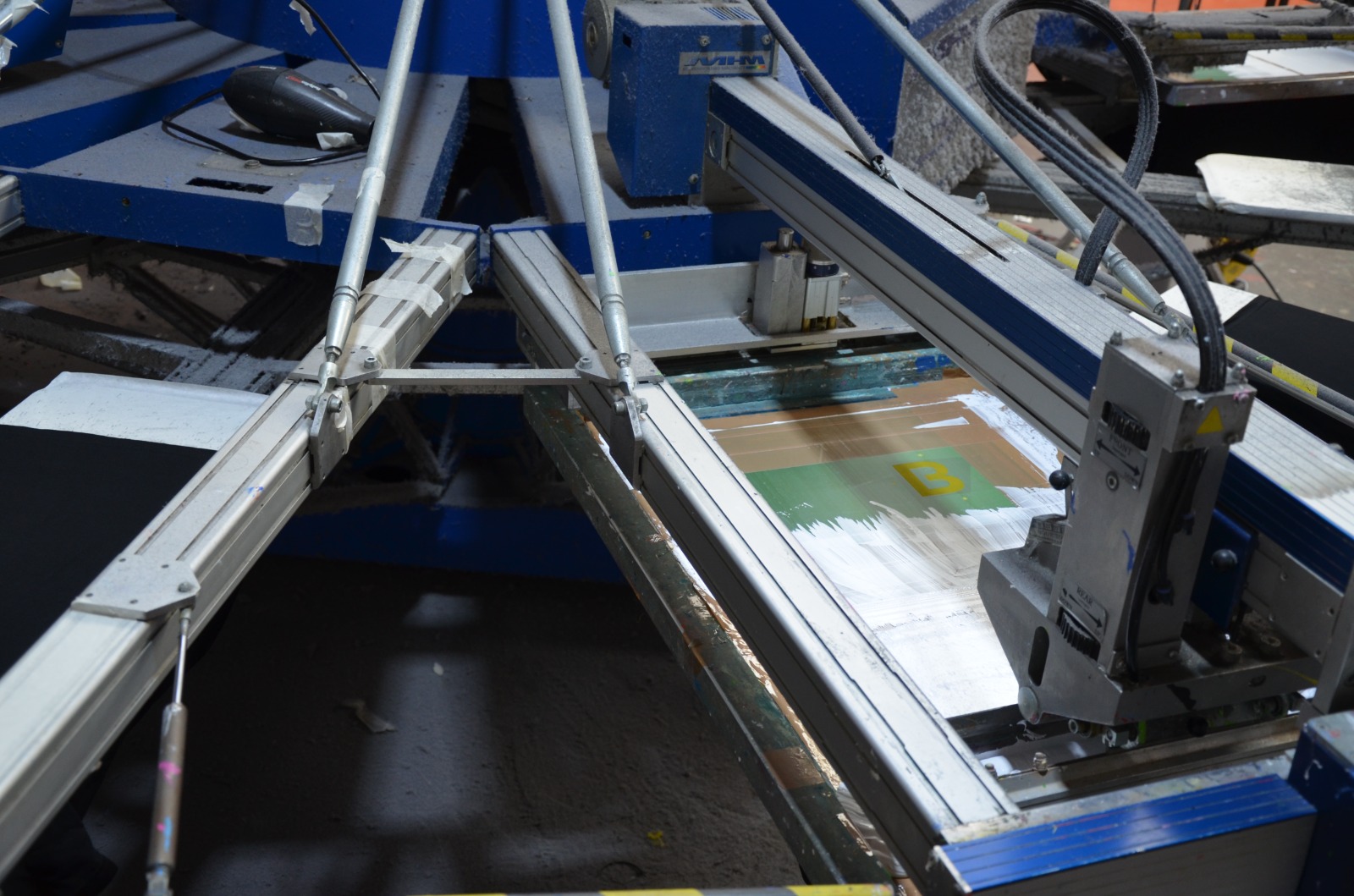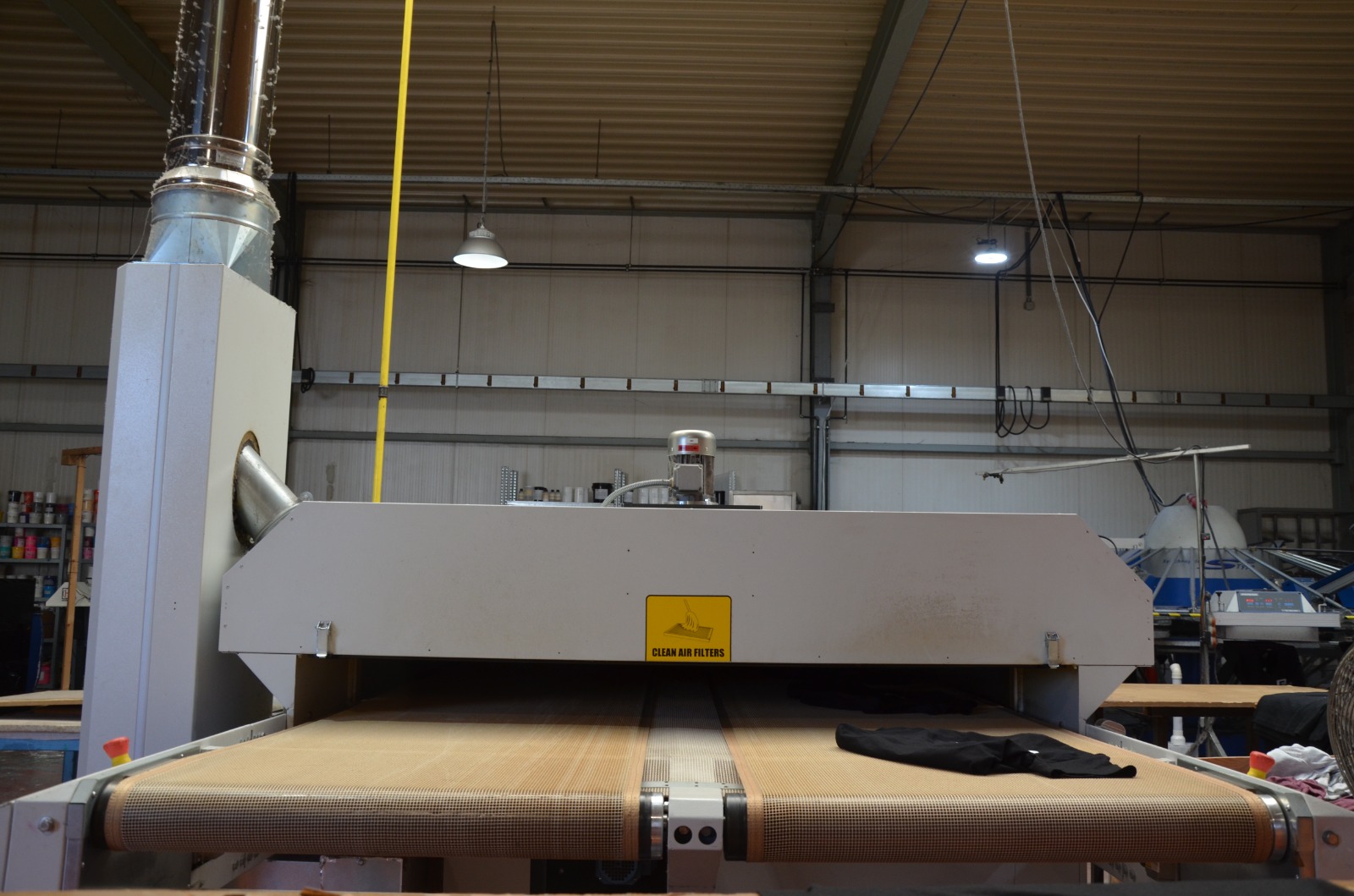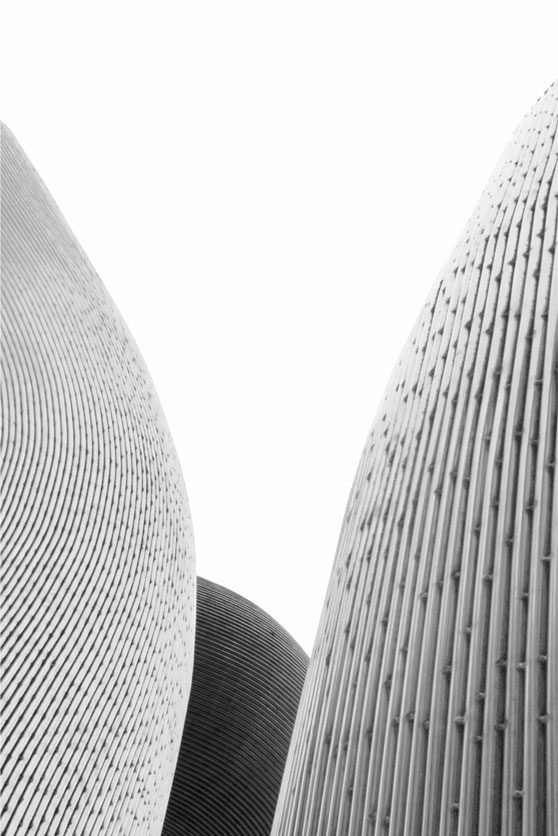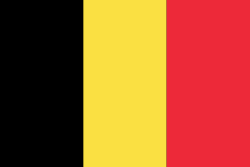Hey guys it's Alicia here with some new insights! 👀 Today we're going to look at screen printing. In this article, we'll explore screen printing, from its definition and process to its advantages and disadvantages.
Key points
What is a screen printing?
The textile screen printing process
#1 Preparing the design
#2 Preparing the screen
#3 Printing
#4 Dying & finishing
The 3 advantages
The 3 disadvantages
When should you choose screen printing?
Do you have a project in mind and are wondering whether screen printing is really the right choice?
Are you looking for something that combines quality and durability, but does screen printing match the effect you want to achieve? Is there an alternative more suited to your specific needs? Let's have a look together!
What is screen printing?
Textile screen printing is a printing technique that involves transferring ink onto a textile substrate through a finely perforated screen. This method is particularly prized for its ability to produce sharp, resistant prints in vibrant colors.
If you want to take it a step further, screen printing takes its name from the Latin sericum (silk) and the Greek graphê (writing), as the first screens were made of silk. This technique, though modernized, has been around for centuries and continues to prove its worth in the textile printing sector.
The textile screen printing process
Screen printing on T-shirts or other textiles follows a well-defined process:
#1 Preparing the design
It all starts with the creation of the design you wish to print. This design is then transformed into a stencil, or “screen”, which will be used to apply the ink to the fabric.
#2 Preparing the screen
The screen is coated with a photosensitive emulsion which, when exposed to UV light along with the design, hardens and creates zones permeable or non-permeable to ink.
#3 Printing
The screen is placed on the textile, ink is deposited on the screen, then a squeegee is used to press the ink through the permeable parts of the screen, transferring the design to the fabric.

#4 Drying and finishing
After printing, the textile goes through a drying tunnel. Additional treatments can be applied to guarantee the durability of the print.

The 3 advantages
Screen printing offers many advantages:
- Durability: Screen prints are renowned for their longevity, withstanding repeated washing and wear and tear.
- Vivid colors: Thanks to the thickness of the ink applied, colors resist fading well.
- Versatility: Screen printing can be used on a variety of fabrics, and is ideal for large runs, making it a popular choice for promotional T-shirts, for example.
The 3 disadvantages
This technique also has its disadvantages:
- High initial cost: For small quantities, screen printing can be more expensive due to the screen preparation and equipment required.
- Design complexity: Highly detailed or multicolored designs require more complex processes and can be more difficult to produce.
- Environmental impact: The use of chemicals to prepare screens and fix ink can have an ecological impact, although more environmentally-friendly solutions do exist.
When should you choose textile screen printing?
Screen printing is ideal if you need to produce large quantities of identical items, such as T-shirts for an event or corporate uniforms.
Screen printing is cost-effective, efficient and adapts well to different types of textiles, whether cotton, polyester or softshell.
Compared with other techniques, such as digital printing or embroidery, screen printing is often preferred for its robustness and print quality on large-scale projects.
Conclusion
To sum up, textile screen printing is a printing technique that continues to gain ground thanks to its many advantages. For companies and individuals looking for a durable, high-quality solution for textile printing, screen printing is a top choice.
If you're looking for a textile screen printing company in Belgium, our team is at your disposal to help you with your projects, from design to production.
Contact us for a personalized quote and discover how screen printing can bring your ideas to life.




